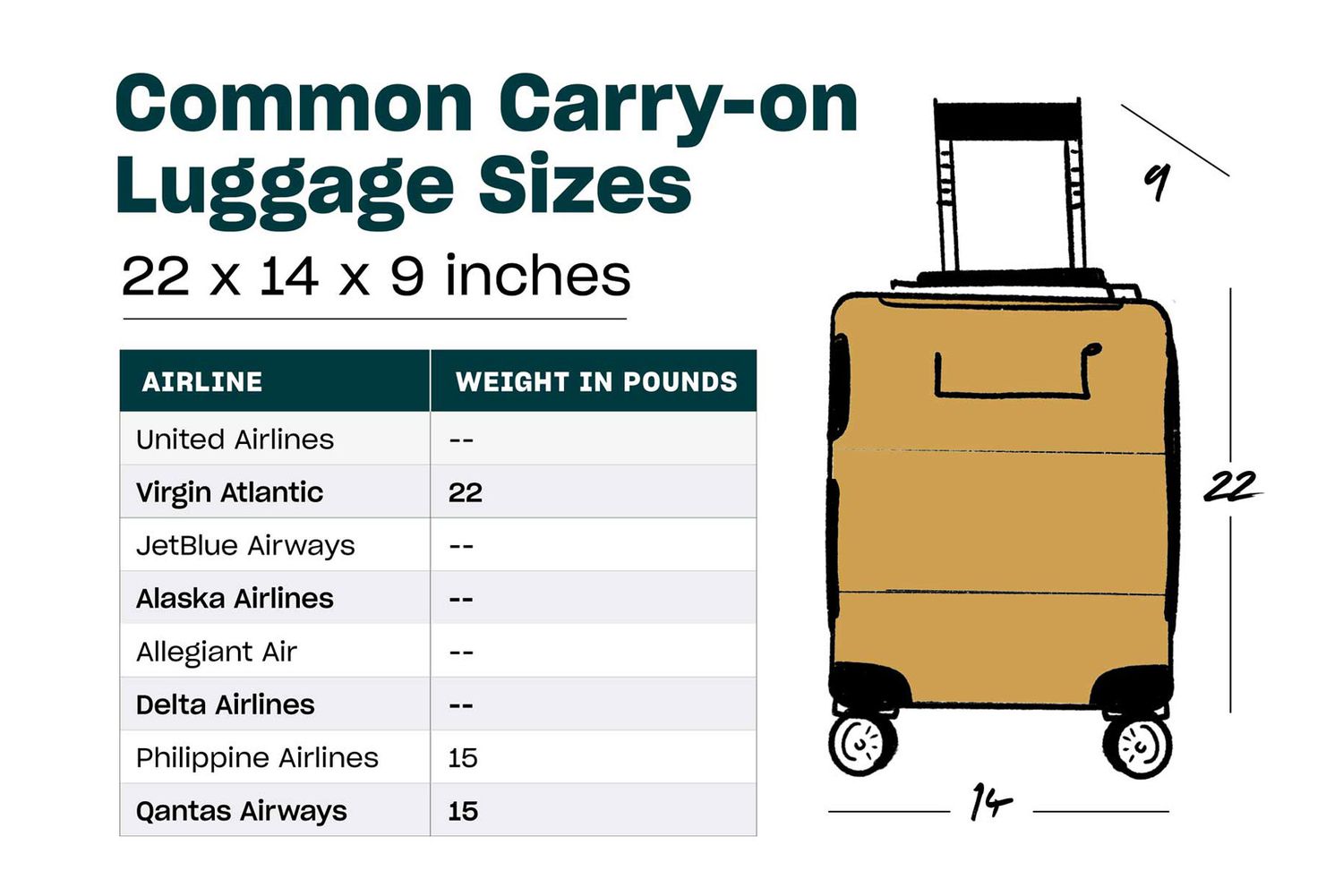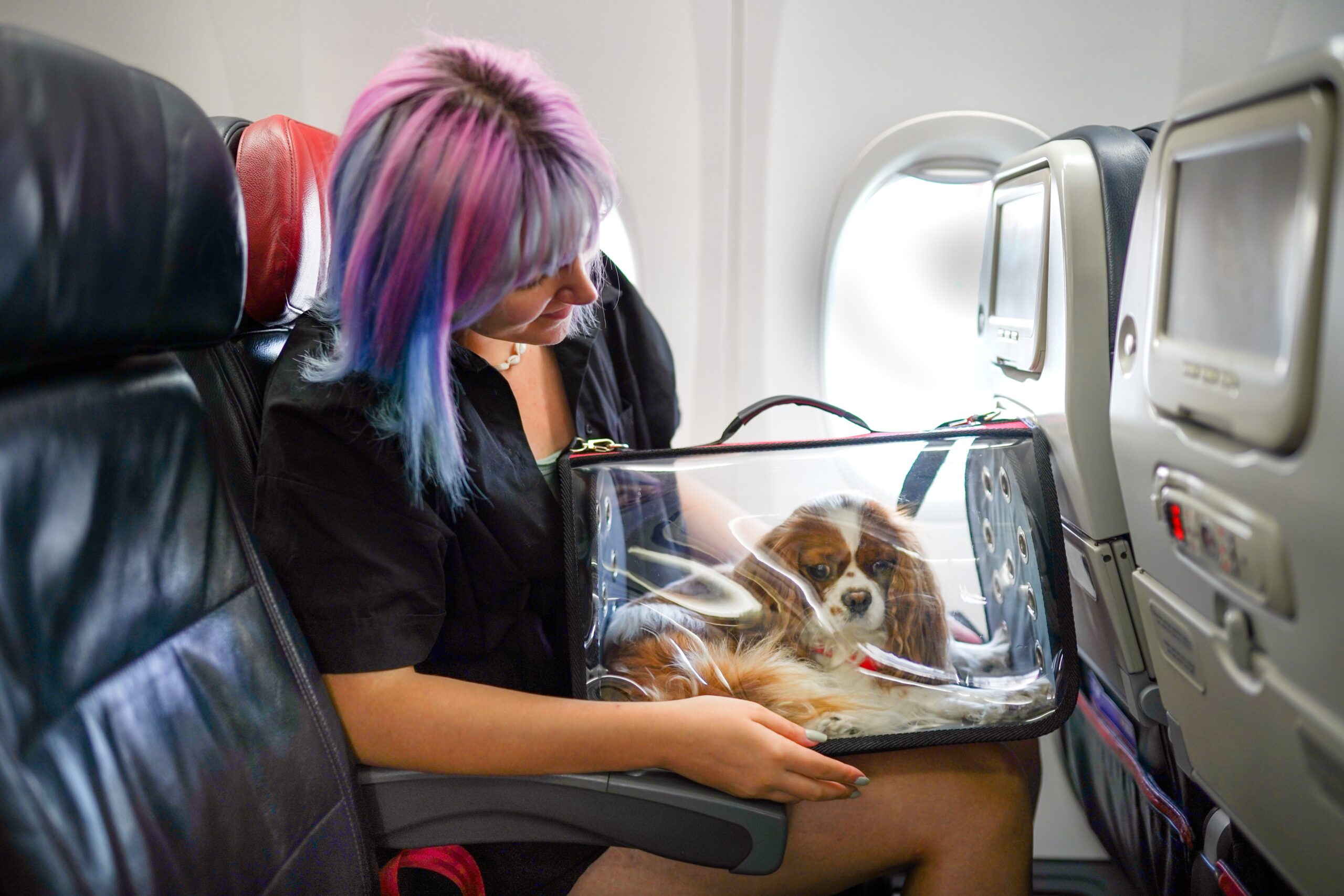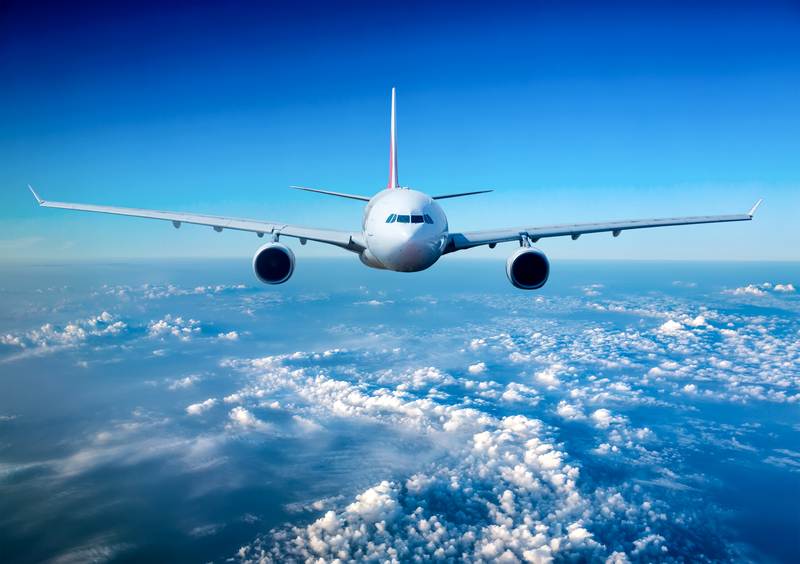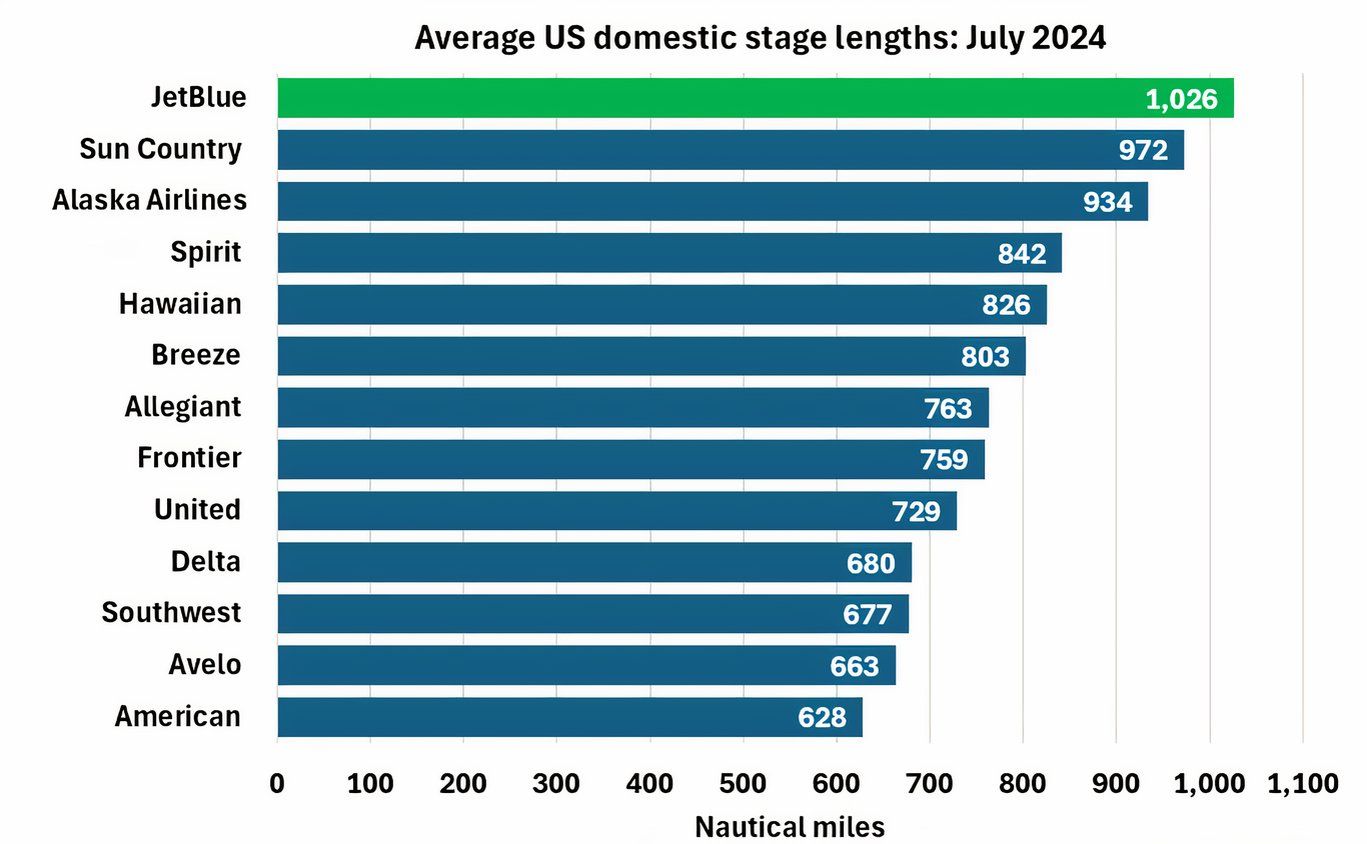
Ever wondered how long it takes to traverse the expansive landscapes of the United States by air? As it turns out, the average duration of domestic flights can actually surprise many, ranging around 2.8 hours. This figure is the result of thousands of flights crossing various time zones daily, varying immensely based on routes and aircraft.
Interestingly, the concept of average flight duration has evolved alongside the innovation in the aviation industry; once taking significantly longer thanks to technological advancements. One compelling statistic pins down the average flight time across top routes clustering between 1 to 4 hours, a testament to the efficiency of modern-day aviation. Such data helps airlines optimize flight schedules and improve passenger experiences, making air travel a sophisticated yet convenient affair.
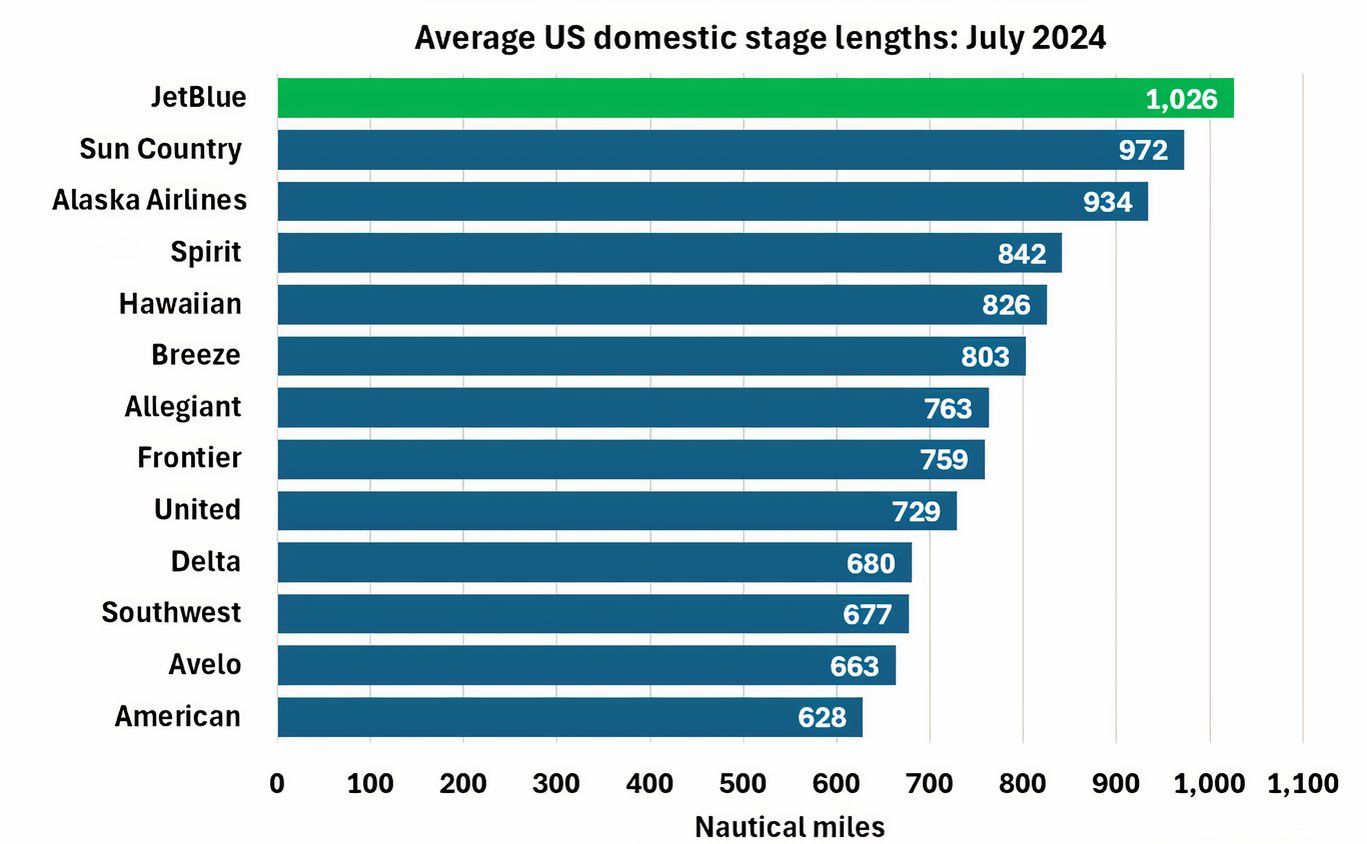
What is the average duration of domestic flights in the US?
The average duration of domestic flights in the United States is around 2.8 hours. This number varies depending on the distance between the airports. Short flights, like New York to Boston, can take as little as one hour. Meanwhile, longer routes, such as Los Angeles to New York, usually last about five hours. Factors like weather and air traffic can also impact flight times.
Analyzing flight durations gives insights into air travel efficiency. Route popularity affects average trip times, highlighting trends across regions. For shortest flights, airlines commonly use smaller aircraft. On the flip side, longer routes require larger, more advanced planes.
Most domestic flights fall into three categories: short-haul, medium-haul, and long-haul. Short-haul flights usually last up to 2 hours. Medium-haul flights are between 2 and 4 hours. Long-haul domestic flights, though less common, can take over 4 hours. Airlines aim to optimize their schedules while considering these durations.
Comparing flight durations can help passengers choose the best routes for their needs. For example, a passenger looking for a quick weekend trip might seek shorter flights. Others may prioritize long-haul options for cross-country visits. Recent technology in aviation aims to shorten trips while enhancing comfort.
Factors affecting the average duration of domestic flights
Various factors influence how long a domestic flight might take. The most obvious one is the distance between cities. The longer the distance, the more time you’ll spend in the air. Airport location can also cause differences. For instance, flights to and from smaller airports might take longer due to fewer direct routes.
Aircraft type plays a significant role in flight duration. Larger planes usually fly faster and may handle long distances more effectively. However, smaller planes might be used for short trips, where speed isn’t as crucial. Airlines choose different aircraft based on the route and number of passengers.
Weather can dramatically impact flight times. Storms and high winds often cause delays or force planes to take longer routes. Pilots must adjust their course to ensure passenger safety. Consequently, adverse weather conditions might lengthen flight duration. Airlines often provide updates to keep passengers informed of delays.
Lastly, air traffic and flight schedules can affect flight duration quite a bit. During peak travel periods, like holidays, flights may take longer due to congestion. Airlines manage this by adjusting departure times and flight paths. Understanding these factors helps passengers prepare and plan their trips better.
Understanding Flight Durations: Short, Medium, and Long-Haul Flights
Flight durations are often categorized into short, medium, and long-haul flights, each representing different lengths of travel. Short-haul flights typically last less than two hours. These flights are common for regional travel and might connect nearby cities. They’re popular with business travelers and people seeking quick getaways. Short flights often mean less time spent in airports and more time at your destination.
Medium-haul flights bridge the gap between short and long-haul trips. These flights usually range from two to four hours in duration. Popular medium-haul connections include routes between major cities like Chicago and Dallas. They are ideal for travelers who need to cover more ground but value efficiency. These routes often use mid-sized aircraft designed for comfort and speed.
Long-haul flights span more than four hours and can stretch up to six within a domestic range. These flights often traverse multiple time zones, linking coast-to-coast destinations like New York and Los Angeles. Travelers on long-haul flights usually experience more in-flight amenities. Airlines focus on passenger comfort over these extended periods. Larger planes equipped with entertainment systems and meal services are common on these routes.
Each flight type brings unique experiences and challenges. It’s important to understand these categories to better plan travel itineraries. Passengers can expect different services and aircraft types depending on their flight length. Awareness of the flight duration aids in preparing for longer trips with essentials like snacks and entertainment. Making informed choices can enhance the overall flying experience.
How Flight Duration Influences Airline Scheduling
Flight duration significantly impacts how airlines plan their schedules. Airlines consider the length of each flight when determining departure and arrival times. Short-haul flights allow more flexibility, enabling airlines to schedule multiple trips in one day. This increases the availability for passengers and maximizes aircraft use. Efficient scheduling helps airlines maintain profitability and provide better service.
Medium-haul flights require more detailed coordination. Airlines must ensure that there’s enough time between flights for necessary maintenance and refueling. This involves managing airport slots and gate assignments to avoid delays. The planning also includes crew scheduling to comply with rest requirements. These carefully timed moves help ensure smooth operations and passenger satisfaction.
Long-haul flights have unique challenges that affect scheduling. Due to the extended time in the air, airlines schedule these flights to optimize for overnight travel when possible. This aligns passenger arrivals with local time, reducing jet lag. Flights from east to west typically capitalize on time zone changes for daytime travel. Airlines balance these factors to enhance the travel experience while remaining efficient.
External factors like weather and air traffic must also be considered. Airlines incorporate buffer times in their schedules to account for unexpected delays. Proper planning ensures minimal disruption to the daily operations. At busy airports, having a strategy for handling delays keeps planes on time. It also helps airlines manage passenger connections and baggage transfers.
Technology plays a crucial role in modern scheduling practices. Airline software analyzes massive amounts of data to optimize flight timing. This technology can predict the impact of delays and suggest adjustments. Many airlines use automated systems to improve efficiency and reduce human error. These tools allow for rapid responses to changing conditions, ensuring flights run smoothly.
Impact of Flight Duration on Passenger Experience
Flight duration can greatly influence a passenger’s overall travel experience. Short-haul flights, which often take less than two hours, tend to be quick and efficient. Passengers spend less time in the air, allowing them to reach their destinations faster. Many travelers prefer these flights for business trips or short getaways. The limited time onboard means adjusted services, like fewer meal options.
In contrast, medium-haul flights provide a bit more time in the air. Typically ranging from two to four hours, these flights strike a balance between comfort and convenience. Passengers have the opportunity to enjoy in-flight entertainment and meal services. Such flights often require a slightly higher level of planning and preparation. Airlines provide additional amenities to enhance comfort during these trips.
Long-haul flights, lasting over four hours, present distinct challenges and opportunities for passengers. Comfort becomes a priority when spending more extended periods in the sky. Airlines offer expanded services, including larger seating arrangements and a wide selection of entertainment options. On these routes, passengers often enjoy meals and refreshments throughout the journey. Staying comfortable is essential as passengers often cross time zones.
Passenger experience can be influenced by unexpected flight delays caused by lengthy durations. Airborne for longer times may result in discomfort or restlessness. Airline crews play a vital role in maintaining a pleasant environment. Engaging with passengers and providing timely updates helps alleviate any concerns. A friendly cabin crew can significantly enhance the overall flight experience.
Airlines continue to innovate to ensure an enjoyable experience on flights of all durations. Technology developments include improved seating, free Wi-Fi, and diverse entertainment options. These advancements aim to make time in the air more enjoyable and engaging. Passengers can now remain connected with family or work while cruising at high altitudes. Airlines invest in continuous improvement to meet diverse traveler needs and preferences.
Role of Modern Technology in Reducing Flight Duration
Modern technology plays a significant role in cutting down flight times. Advanced aircraft designs make planes more aerodynamic, allowing them to travel faster through the air. Engines today are more powerful and fuel-efficient, enhancing speed without extra fuel consumption. Lightweight materials used in construction further boost performance. These innovations directly contribute to shorter flight durations.
Besides physical aircraft improvements, technology in air traffic control is vital. Enhanced radar and satellite systems help better track flights and manage airspace. Pilots receive real-time updates on weather and air traffic conditions. This allows them to select optimal routes, minimizing delays. Moreover, coordinated air traffic reduces waiting times both in the sky and at airports.
Navigation systems have undergone major upgrades in recent years. GPS and advanced onboard computers provide precise routing information to pilots. These tools help in avoiding crowded airways, ensuring a smoother journey. Modern algorithms analyze the most efficient paths to cut down travel time. Improved navigation contributes significantly to more predictable flight schedules.
Technological advancements extend to passenger convenience, enhancing the travel experience. Onboard entertainment systems and internet connectivity keep passengers engaged. This makes long flights feel shorter and more enjoyable. Passengers can work, communicate, or relax, making productive use of their time. Better cabin environments contribute to a smoother journey.
Software innovations in airline operations have streamlined scheduling and maintenance. Predictive analytics help forecast and prevent potential mechanical issues. Timely repairs and maintenance keep aircraft ready for on-time departures. Airlines use these tools to optimize flight schedules, ensuring efficient use of their fleets. Overall, technology aids in delivering faster and more reliable air travel.
Frequently Asked Questions
Understanding the dynamics of domestic flights can enhance travel experiences. Below are some common questions about domestic flight durations and related aspects.
1. How do airlines decide the scheduling of domestic flights?
Airlines use various factors to decide flight schedules, including demand, airport slot availability, and aircraft rotation. Flights are planned to maximize efficiency and ensure passenger convenience, balancing between peak and off-peak times to manage traffic and resources effectively.
Additionally, airlines consider crew availability and aircraft maintenance schedules. Advanced software and analytics aid in optimizing these schedules, resulting in streamlined operations and enhanced reliability for travelers.
2. Why do flight times sometimes differ from the scheduled times?
Flight times may differ due to numerous factors like weather conditions, air traffic control directives, or mechanical issues. These variables affect the flight’s path or airport congestion, leading to potential delays or extensions beyond the scheduled duration.
Airlines typically provide real-time updates to passengers about any changes. This ensures travelers are informed about adjustments, which helps in efficient planning and reduces inconvenience.
3. Do all flights from the same airport take the same amount of time?
Not all flights from the same airport take the same amount of time as they vary based on destinations, routes, and aircraft used. Shorter routes generally mean shorter flight durations, while long-haul flights take considerably more time.
The type of aircraft and prevailing weather conditions also play roles. Pilots may adjust paths on a case-by-case basis to ensure safety and efficiency on different flights.
4. How does air traffic control manage multiple flights simultaneously?
Air traffic control uses sophisticated radar and communications systems to coordinate flights safely. Controllers guide aircraft through takeoff, flight, and landing by ensuring safe distances and clear paths, ensuring organized airspace usage.
Technology plays a key role in managing traffic, utilizing GPS and other systems. This helps in maintaining checks and preventing congestion, contributing to efficient flight paths and minimizing delays.
5. What is the role of in-flight technology in reducing travel time?
In-flight technology plays a vital role in reducing travel times by providing real-time data and efficient navigation. Advanced systems allow pilots to take the shortest and quickest routes, avoiding weather or air traffic conditions that could slow down flights.
Moreover, newer aircraft designs and engines contribute to faster flight speeds. These technologies improve fuel efficiency and minimize environmental impact, making flights not only quicker but also more sustainable.
Conclusion
Domestic flight durations are shaped by an intricate web of factors, with technology and scheduling at the forefront of efficiency improvements. Airlines consistently adapt using modern advancements to enhance the travel experience, ensuring comfort alongside timeliness. Understanding these elements helps in better planning and expectations for air travel.
Furthermore, the interplay between airlines, technology, and regulation ensures the aviation industry stays responsive and dynamic. Travelers benefit from these continuous improvements, enjoying seamless journeys across the nation’s vast landscapes. As technology evolves, we anticipate even shorter, more efficient flights, carving new paths in air travel.

